<< Previous | Displaying results 2051-2100 of 6769 for "" | Next >>
Following World War I, the Treaty of Versailles (1918) declared Danzig to be a free city administered by Poland and the League of Nations. Germany resented the loss of this largely German city. After invading Poland in September 1939, Nazi Germany annexed Danzig.
Nazi Gemany annexed Danzig in September 1939. Soon after, the regime established Stutthof, initially a civilian internment camp, east of Danzig. In January 1942, Stutthof became a regular concentration camp. These ID cards and oral histories describe the experiences of people imprisoned in the Stutthof camp.
In late September 1941, SS and German police units and their auxiliaries perpetrated one of the largest massacres of World War II. It took place at a ravine called Babyn Yar (Babi Yar) just outside the Ukrainian capital city of Kyiv (Kiev).
On May 10, 1933, Nazi students at universities across Germany pillaged and burned books they claimed were “un-German.” Ernest Hemingway’s
"I was afraid of this thing, I thought it's sacreligious, to laugh and to smile and go to...
Zbaszyn was the site of a refugee camp near the town of in the border region between Poland an...
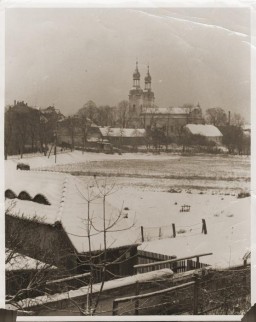
Germany occupied Kovno, Lithuania on June 24, 1941. Within six months, German Einsatzgruppe detachments and Lithuanian collaborations had murdered half of all the Jews in Kovno. Between July and August 15, 1941, German authorities concentrated some 29,000 of Kovno's Jews into a ghetto.
On November 9–10, 1938, Nazi Party officials set off a series of violent pogroms against Jews in Germany and Austria. This event came to be known as the "Night of Broken Glass."
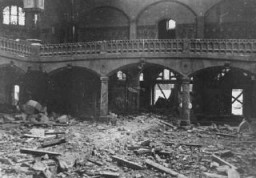
The Einsatzgruppen (task forces or special action groups) were units of the Security Police and SD. They are sometimes referred to as "mobile killing squads." The Einsatzgruppen were a consistently brutal perpetrator of Nazi occupation policies. They are best known for their role in the massacres of Jews following the German attack on the Soviet Union.
Gino Bartali was an Italian cyclist who won the Tour de France in 1938 and 1948. During World War II, he used his cycling career as a cover to aid in the rescue of Jews. Risking his life if caught, Bartali cycled far distances to deliver false identity cards and secret documents. His efforts helped save hundreds of Jews seeking refuge from other countries in Europe.
In the 1980s and 1990s, historian Peter Black worked for the US Department of Justice Office of Special Investigations, as part of a team tracking and prosecuting suspected war criminals. Black later served as the Senior Historian at the United States Holocaust Memorial Museum.
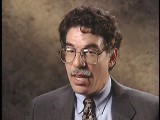
Belle Mayer trained as a lawyer and worked for the General Counsel of the US Treasury, Foreign Funds Control Bureau. This bureau worked to enforce the Trading With the Enemy Act passed by Congress. In this capacity, Mayer became familiar with the German I. G. Farben chemical company, a large conglomerate that used slave labor during World War II. In 1945, Mayer was sent as a Department of Treasury representative to the postwar London Conference. She was present as representatives from the Allied nations…
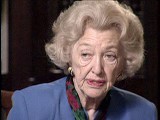
Blanka was an only child in a close-knit family in Lodz, Poland. Her father died in 1937. After the German invasion of Poland, Blanka and her mother remained in Lodz with Blanka's grandmother, who was unable to travel. Along with other relatives, they were forced into the Lodz ghetto in 1940. There, Blanka worked in a bakery. She and her mother later worked in a hospital in the Lodz ghetto, where they remained until late 1944 when they were deported to the Ravensbrueck camp in Germany. From Ravensbrueck,…
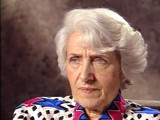
We would like to thank Crown Family Philanthropies, Abe and Ida Cooper Foundation, the Claims Conference, EVZ, and BMF for supporting the ongoing work to create content and resources for the Holocaust Encyclopedia. View the list of donor acknowledgement.